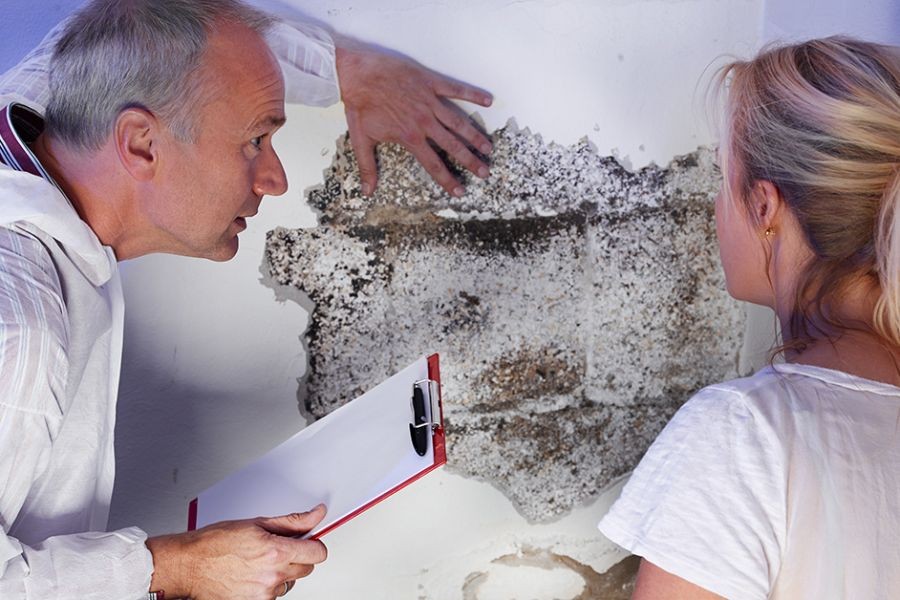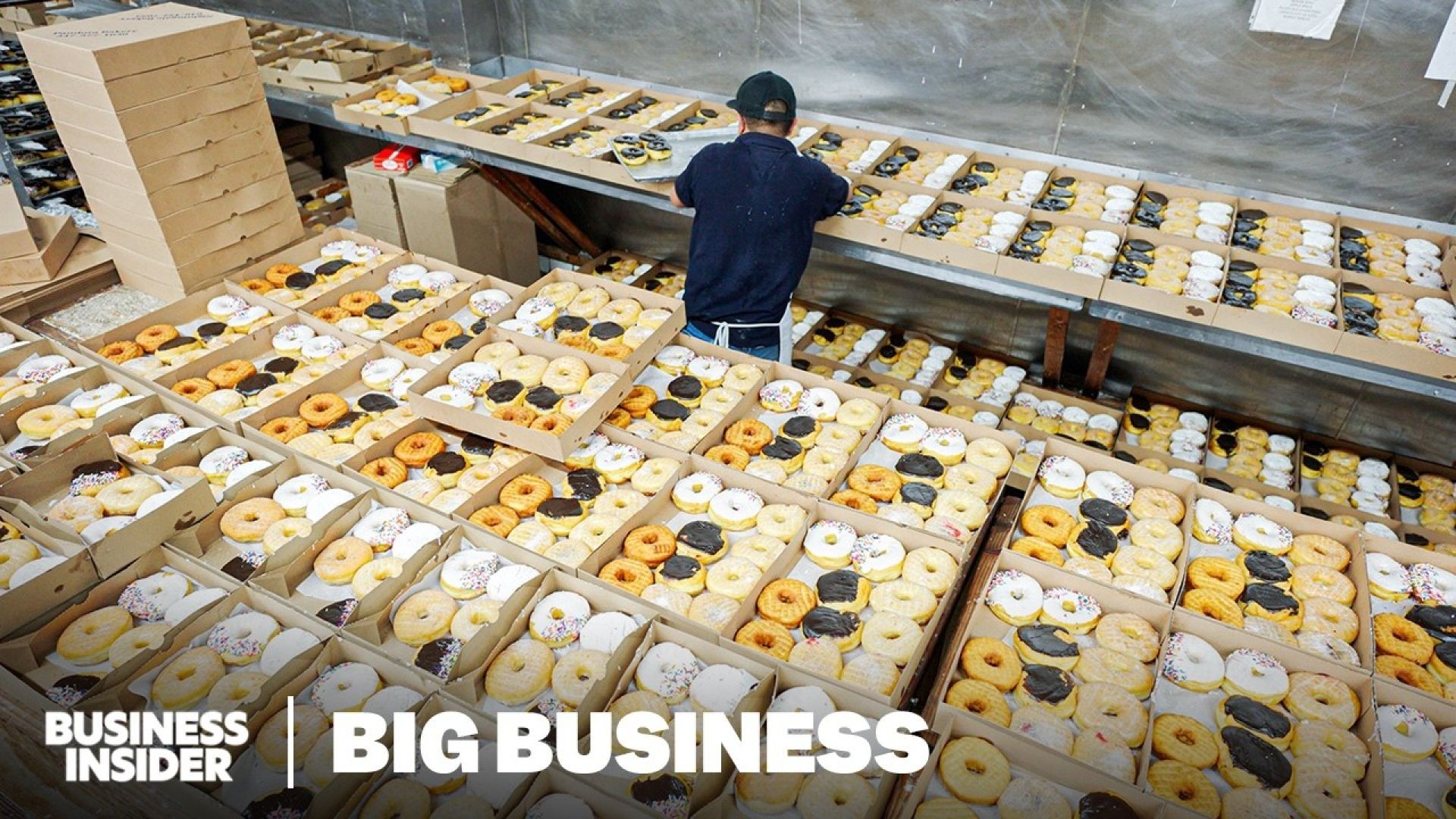In a world where technology continuously reshapes industries, the concept of 3D-printed supplements stands at the intersection of nutrition and innovation. As the global wellness market expands, this cutting-edge technology promises to revolutionize how we consume vitamins and minerals. But what does this mean for traditional nutrition, especially in a country like Australia, where health and wellness are integral to the national ethos?
Understanding the 3D-Printed Supplement Landscape
3D-printed supplements involve the use of additive manufacturing technology to create personalized vitamin and mineral tablets. This method offers the potential for customized dosages tailored to individual health needs, potentially enhancing the efficacy of supplement intake. Globally, the 3D printing market in healthcare is projected to reach USD 4.5 billion by 2027, according to Grand View Research, illustrating the burgeoning interest in personalized health solutions.
Australia’s Position in the Global Wellness Industry
Australia has always been at the forefront of health and wellness trends. With a thriving natural products industry and a strong focus on preventive health, Australians have embraced innovations in nutrition. The Australian Bureau of Statistics reports that health and wellness expenditure has been steadily increasing, reflecting the public's willingness to invest in their health.
Case Study: Nourishing Innovations in Australia
Australian company Vita3D has been pioneering the use of 3D printing in supplements. By partnering with local universities, Vita3D has developed a range of personalized vitamin tablets that cater to individual dietary needs. This initiative not only demonstrates the potential of 3D printing in nutrition but also highlights Australia's role as a leader in health innovation.
Pros and Cons of 3D-Printed Supplements
✅ Pros:
- Customization: Offers tailor-made solutions for individual health requirements, potentially improving health outcomes.
- Precision: Allows for accurate dosages, reducing the risk of overconsumption of certain nutrients.
- Innovation: Positions Australia as a leader in health tech, attracting investments and fostering industry growth.
- Sustainability: Reduces waste by minimizing excess packaging and production materials.
❌ Cons:
- Cost: Currently more expensive than traditional supplements, which may limit access for some consumers.
- Regulation: Requires stringent oversight to ensure safety and efficacy, posing challenges for regulatory bodies like the ACCC.
- Accessibility: Technology and infrastructure required for production are not yet widespread.
Regulatory Considerations in Australia
The Australian Therapeutic Goods Administration (TGA) plays a crucial role in regulating supplements. As 3D-printed supplements enter the market, ensuring these products meet existing safety standards while adapting regulations to accommodate technological advancements is vital. The ACCC may also need to address issues related to consumer rights and product transparency.
Comparing Global and Australian Trends
Globally, the use of technology in health is growing rapidly. For instance, in the United States, companies like Multiply Labs are already producing personalized 3D-printed supplements. Australia's tech adoption trends are similar, with a strong emphasis on research and development, supported by government initiatives and funding. The Australian Government's Digital Economy Strategy aims to position the country as a leading digital economy by 2030, which will likely support the growth of 3D-printed nutrition solutions.
Common Myths About 3D-Printed Supplements
Myth vs. Reality
Myth: "3D-printed supplements are just a gimmick with no real benefits."
Reality: Studies have shown that personalized nutrition can lead to better health outcomes by addressing individual dietary needs, a benefit 3D printing uniquely provides.
Myth: "Traditional supplements are more effective than 3D-printed ones."
Reality: While traditional supplements cater to general needs, 3D-printed versions offer precision and personalization, which can enhance their effectiveness.
Myth: "3D printing is too expensive to be viable for widespread use."
Reality: Although initial costs are high, economies of scale and technological advancements are expected to reduce costs over time, making them more accessible.
Investment Opportunities and Risks
For angel investors, the 3D-printed supplement industry presents both opportunities and challenges. The potential for high returns is significant, given the increasing consumer demand for personalized health solutions. However, investors must also consider the risks associated with regulatory changes and technological advancements.
Case Study: Global Impact and Australian Application
In the UK, NutraPrint has successfully leveraged 3D printing technology to produce supplements tailored to specific health conditions. The company's approach has resulted in a 40% increase in customer retention and a 30% boost in revenue. This model could be applied in Australia, where consumer interest in personalized health is rapidly growing.
Future Trends and Predictions
By 2028, it is predicted that 3D-printed supplements will become a mainstream option, particularly in markets like Australia, where health consciousness is high. As technology advances, costs will decrease, and the accessibility of personalized supplements will improve. Additionally, the integration of AI in 3D printing will enhance the precision and efficiency of production processes.
Final Takeaways and Call to Action
- Fact: Personalized nutrition is becoming a significant trend in the health industry, with 3D printing at its core.
- Opportunity: Investors should consider the potential of 3D-printed supplements as a lucrative market.
- Strategy: Engaging with local innovators and regulatory bodies can provide insights into navigating this emerging market.
- Prediction: By 2030, 3D-printed supplements could account for a significant portion of the global supplement market.
In conclusion, while 3D-printed supplements are still in their nascent stages, their potential to replace traditional nutrition is undeniable. As Australia continues to embrace technological innovation, stakeholders, including investors, regulators, and consumers, must work together to harness the benefits of this transformative technology.
People Also Ask
- How will 3D-printed supplements impact Australia's health industry?
3D-printed supplements offer personalized nutrition solutions, potentially enhancing health outcomes and positioning Australia as a leader in health innovation.
- Are 3D-printed supplements safe?
Yes, provided they meet regulatory standards set by bodies like the TGA, ensuring safety and efficacy.
- What are the biggest misconceptions about 3D-printed supplements?
One common myth is that they are not as effective as traditional supplements. In reality, they offer more precise and personalized health benefits.
Related Search Queries
- 3D-printed supplements Australia
- Personalized nutrition trends 2025
- Health innovation in Australia
- Regulation of 3D printing in supplements
- Future of traditional supplements
































bradlydarwin7
7 months ago